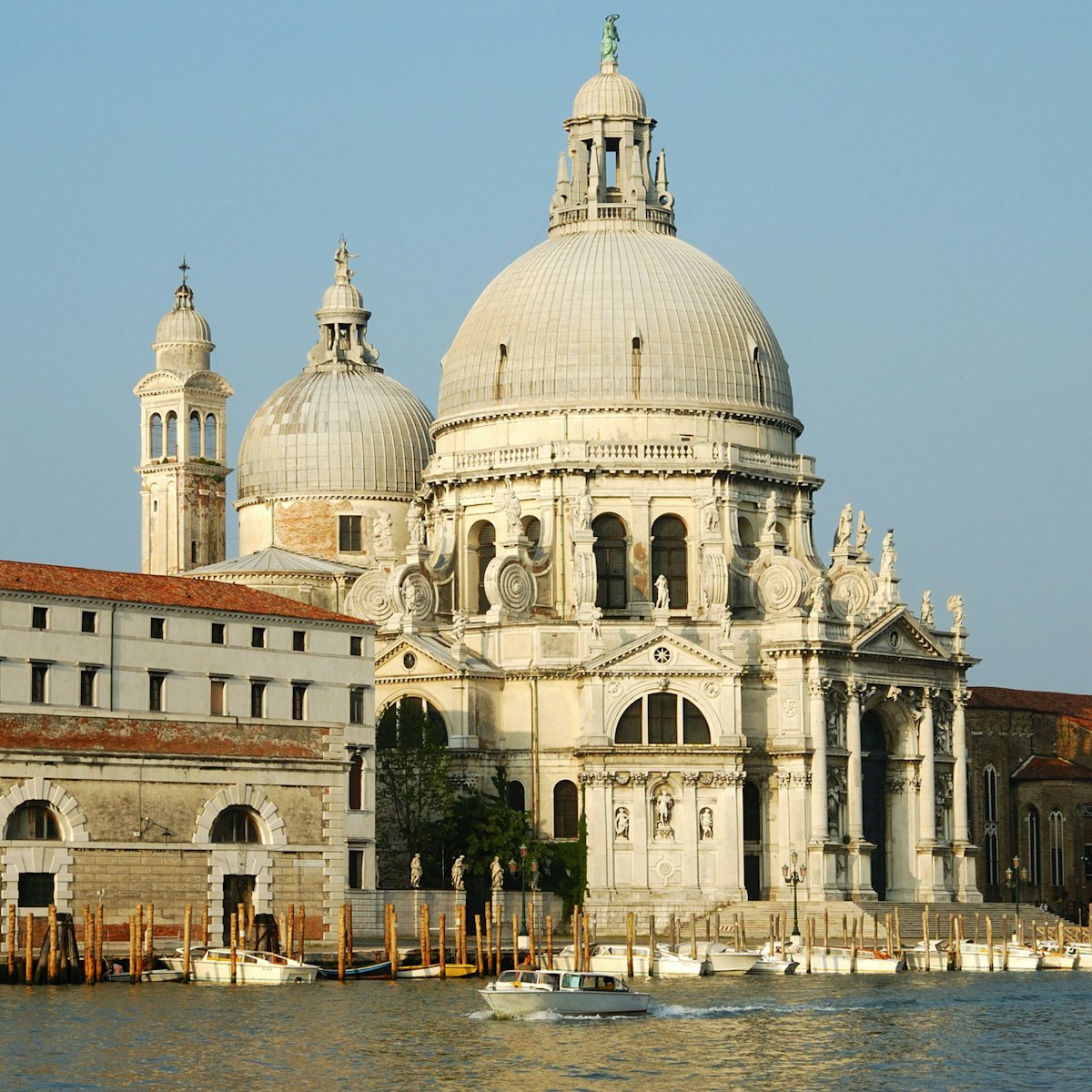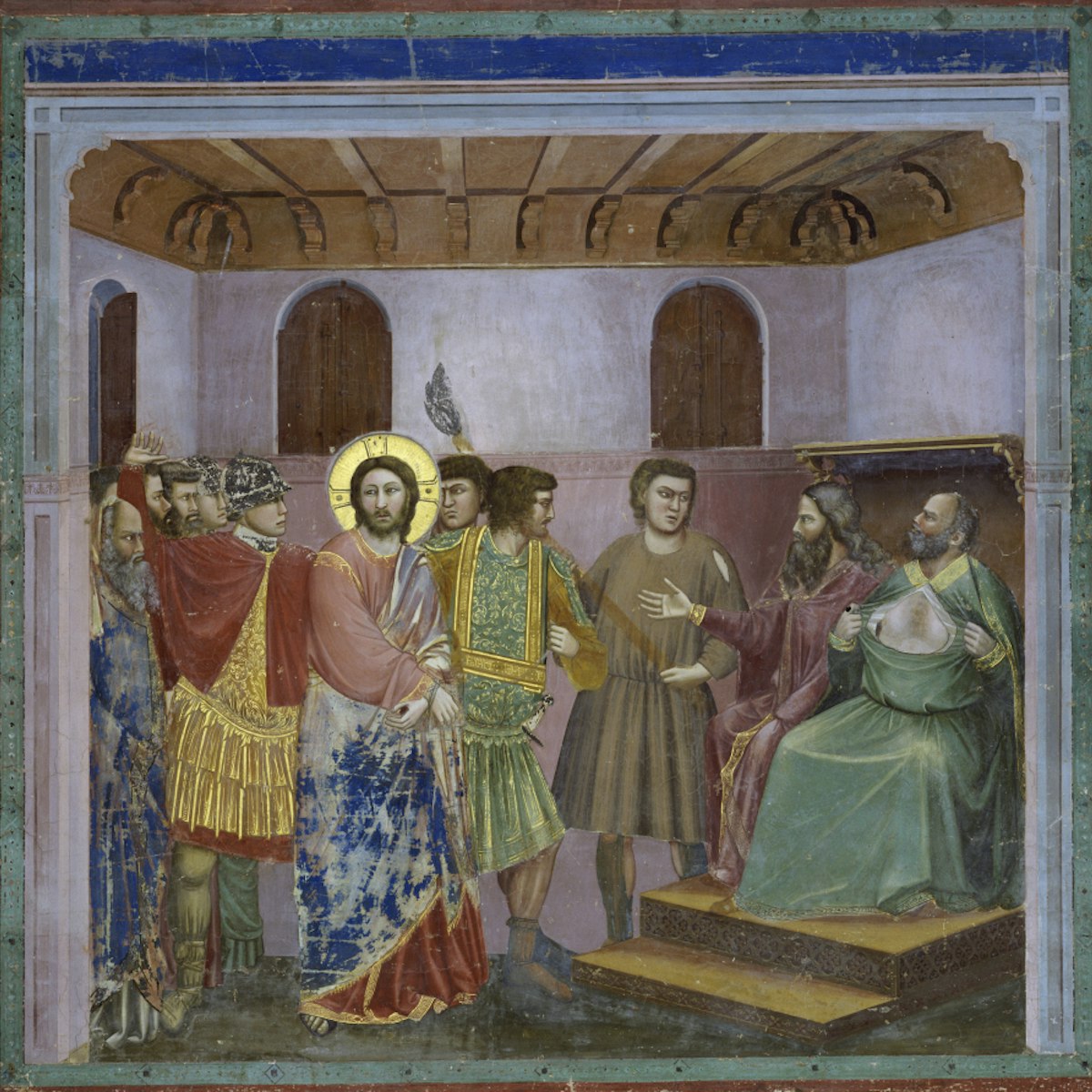This magnificent church was built between 1481 and 1489 to house Nicolò di Pietro's Madonna icon after the painting began to miraculously weep in its outdoor shrine. Aided by public fundraising, Pietro and Tullio Lombardo's design used marble scavenged from slag heaps in San Marco and favoured the human-scale of radically new Renaissance architecture in place of the grandiose Gothic status quo.
The father-son team creatively repurposed polychrome marbles originally plundered from Egypt to Syria for use on the sides of the Basilica di San Marco. Note the fine scrollwork capitols and Venetian fish-scale patterns framing veined-marble panels. If you look closely at the columns on either side of the sanctuary you'll spot angels and mermaids carved by Tullio Lombardo.
The lofty vaulted interior and domed apse seem effortless, but they're marvels of Renaissance engineering, achieved without the Gothic device of buttressing. In a prime example of Renaissance humanism, Pier Maria Pennacchi filled each of the 50 wooden coffered ceiling panels with a bright-eyed portrait of a saint or prophet dressed as a Venetian, like a class photo in a school yearbook.








